dir="ltr" style="text-align: left;">
Gujiya or Karanji or Chandrakala, a sweet dumpling is very popular dessert from North, Middle & West Indian which is prepared in most households of these regions. This half-moon shaped, Empanadas look-a-like dessert is a deep fried pastry, made of flour and ghee; filled with a stuffing of mawa (khoya) and dry fruits. Sometimes it is soaked in sugar syrup too. As the description sounds it is nothing but a celebration of deliciousness in your plate. But what about the extra-large people like me who restrict their food to be fit (lol, read, fit in the dresses) and healthy? Yes, now we can also be a part of this deliciousness. How? Bake the Gujiya instead of frying them in tons of oil. Hence Oven Baked Mawa Gujiya or Karanji or Chandrakala was born in my kitchen.
A very interesting thing about this Gujiya is they are a staple dessert of Holi celebration, I don’t know why! I can understand it is a common dessert but why Gujiya on HOLI? If you have any clues please tag me; I’m dying to know (okay, not literally dying; just curious).
Traditionally, this holi special gujiya is stuffed with khoya, chopped almonds, walnuts, pistachio & raisins with green cardamom and nutmeg to enhance the flavor under the pastry shell, made of all-purpose flour and ghee. Once gujiya is formed in half-moon shaped, it is deep dried in hot oil (traditionally, in ghee) to the golden brown color and finally dunked in the thick sugar syrup. Gujiya is always enjoyed with Thandai (recipe is coming soon recipe updated), a flavorful Indian drink during the season of Holi.
As gujiya is popular in such a large part of India, including different states it has various names with variations as per local taste. Similar thing is named as Chandrakala in northern part of India and as Karanji in Maharashtra, western part of India. But Karanji has desiccated coconut, jaggery, poppy seeds and sesame seeds in stuffing along with the dry fruits instead of khoya. People in Karnataka use moong dal and jaggery as stuffing and semolina (rawa) in pastry with whole wheat flour. On other hand Hindu people from Goa call it Nevris and Christian people celebrate Christmas with similar thing known as Neureos.
As a matter of fact this Gujiya/Karanji/Chandrakala is very much similar to the Spanish dish Empanadas. Or should I say it is a form of Dessert Empanadas? Who can say may be they are!
So, enough of India tour from a foodie and now sticking back to original plan, on sharing the recipe of Oven Baked Mawa Gujiya or Karanji or Chandrakala.
I used my microwave version of Homemade Khoya/Mawa for this recipe.
Preparation Time: 10 mins
Cooking Time: 10 mins + 20 mins
Resting time: 30 mins
Total Time: 70 mins
Yield: 13-16 large sized Gujiya
Ingredients:
Read the entire recipe and tips carefully before you start cooking.
Do make sure all ingredients are at room temperature (unless mentioned) and weighted or measured correctly in appropriate weighing machine or measuring instruments such as cups or spoons. Remember these are not your regular cups or spoons which you use in your daily life.
For the Stuffing:
Finely grated khoya/mawa: 1 cup (homemadeor store bought)
Sugar: 1/3 cup (68g approximately) (See Tips)
Almond, chopped: ¼ cup (35g approximately)
Walnut, chopped: ¼ cup (35g approximately)
Pistachio, chopped: ¼ cup (30g approximately)
Cashew nuts, chopped: 2 tbsp (6g approximately)
Raisin: ¼ cup (40g approximately)
Green cardamom powder: ½ tsp (or essence: 2 drops)
Nutmeg: ¼ tsp
For the Pastry Shell:
All-purpose flour: 2 cup
Ghee (clarified butter): 3 tbsp (or regular butter) (See Tips)
Baking powder: 1 tsp
Baking soda: ½ tsp
Salt: ¼ tsp
Cold water: 1/3 cup to ½ cup
For Garnishing: (optional)
Chopped nuts,
Silver leaves.
For Glaze: (optional)
I dint have enough patience for glazing as I was Hungry. But if you have time in hand, I will insist you to do it.
Condensed milk: 1 tbsp
Pinch of saffron.
Preparation:
You can use either homemadeor store bought khoya/mawafor this recipe but remember the khoya/mawa needs to be fresh and moist but definitely not watery or dry.
Start with the Cooing the Stuffing:
Take the khoya/mawa in a heavy bottomed non-stick/ceramic pan. Switch on the flame and keep it on simmer. Place the pan on flame. Keep stirring continuously. Don’t stop stirring in between otherwise mixture will stick at the bottom and it will give the smoky flavor to the dish which is the least thing you will want in your dessert. Pour 4 tsp of sugar and mix as much as possible with a wooden ladle. Quickly it will start becoming like liquid milk. Don’t panic. Keep stirring on slow flame. (See Tips)
Add chopped nuts and raisins one by one and keep stirring. Also sprinkle the cardamom powder (or essence) and nutmeg powder. After 5-7 mins it will start to thicken. This is the crucial moment. Don’t stop stirring now. Within a few more minutes you will notice mixture is not sticking to the pan and it is forming smooth dough like lump. This is time to switch off the flame and keep the mixture in the pan itself to cool down a bit for easy handling. (See Tips)
Preparing the Dough for Pastry:
In a large bowl sieve and sift the flour, salt, baking soda and baking powder together, twice. Add 1.5 tbsp to 2 tbsp of melted ghee (clarified butter) or regular butter to the flour and mic either with your palms or a rubber spatula for 1-2 mins or until mixture looks like crumble. (See Tips)
Make a small well in middle of the mixture and pour cold water in and start kneading with your palms. In the beginning it will look like a big mess. But gradually it will produce super soft & smooth pliable dough. (See Tips)
Cover the dough with cling film and allow it to rest for 30 mins to overnight in refrigerator. (I always keep overnight unless I’m in hurry). After the resting period the dough will be pliable comfortably. (See Tips)Now use the dough whenever you are ready to bake.
Preparing or Forming the Gujiya for baking:
Knead the dough lightly for 1-2 mins to make sure it is completely pliable and smooth before using. Divide the entire dough in two parts; keep one portion wrapped in cling film and refrigerate until needed. Take out small equal sized balls from the other part and keep them covered.
Take out one small dough ball at a time and roll out to 3mm thick sheet or disc using rolling pin. Place the roti like disc on the gujiya/karanji maker/mold and add 2 tsp of stuffing in it. Brush the edge with water to seal properly; close the mold and press hard on the edge. Now gently turn the dough filled mold upside down and unmold the gujiya with your fingers. Avoid pressing with pressure; gujiya is still very soft and fragile by now. Follow the same with the rest of the dough. Use different molds to create new surprises. (See Tips)
Remove the excess dough from the mold (from sides) and store them with rest of the dough balls to reuse them. Place the gujiya in a covered bowl/pan. While working with one portion of the dough; keep the rest of the dough covered. (See Tips)
Baking the Gujiya:
Place all the gujiya in a greased (use reserved ghee) baking pan and arrange in a single layer. Brush them with ghee/butter/oil and pop in a preheated (1800C) oven. Bake the gujiya at 1800C for 20-25 mins (depending on the oven). If you are using the top self then you don’t need to turn them in between else take them out and turn them after 10-12 mins once to achieve the even golden brown color.
Once done, remove the pan from oven and keep on wire rack to bring to room temperature.
Glazing & Garnishing:
If you want to glaze your gujiya, mix saffron and warm condensed milk together and brush them on Baked Mawa Gujiya. Bake them more another 5 mins at 1800C and follow the rest. Sprinkle the whole or crushed nuts (whichever you are planning to use) on top and serve. (See Tips)
Baked Mawa Gujiya or Karanji or Chandrakala is all set to serve fresh with a glass of chilled Thandai. It tastes best when served at room temperature. Arrange the excess Baked Mawa Gujiya or Karanji or Chandrakala in an airtight container and store at room temperature. I never refrigerate my Baked Gujiya. They will taste same (as good as fresh) for more than 15 days (mine never last more than that) at room temperature. As I like them little warm, I always microwave them for 15-20 secs before eating.
Variations:
1. Use dry fruits of your choice; there are no rules & regulations.
2. Create some variations with coconut, moong dal, rawa or combination of them.
3. Substitute sugar with jaggery.
4. Finally, you can always deep/shallow fry them instead of baking; only if you insist.
Tips:
1. Substitute the sugar with equal amount of condensed milk or sugar free powder. If you’re using sugar free then add it towards the end of cooking not at the beginning.
2. If you are using salted butter for kneading the dough, omit the salt specified in ingredients.
3. The entire process of cooking of stuffing will take 6-10 mins maximum for the specified amount.
4. While mixing ghee (or butter) and flour, be careful to mix thoroughly. It is important to coat the flour with the fat to restrict the gluten to develop.
5. Once wet ingredient is added to the mixture, don’t over mix things. This will lead to stiff dough.
6. It is important to keep the dough covered with cling film to avoid dry stretchy dough.
7. You can also use any molds of your choice. Or you can also use cookie cutter to create exciting shapes.
8. If you leave the dough in open air while you are working with small balls, it will lose its moisture and will become too dry to handle.
9. The glazing will make Gujiya sweeter so if you prefer less sweet gujiya reduce the amount of sugar sweetener in stuffing.
Eat, Love & Enjoy! Repeat!!!










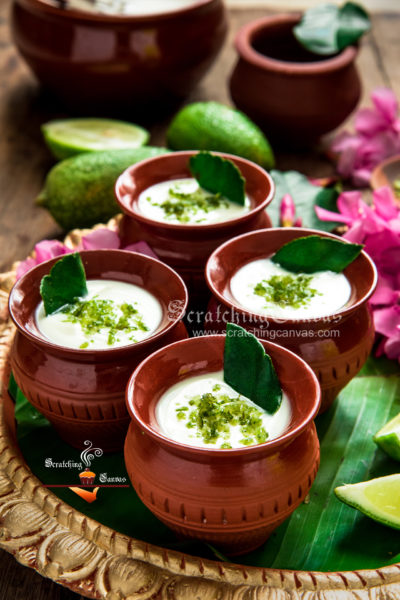
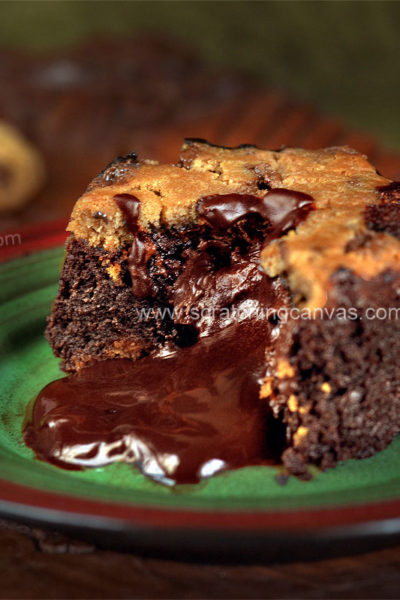
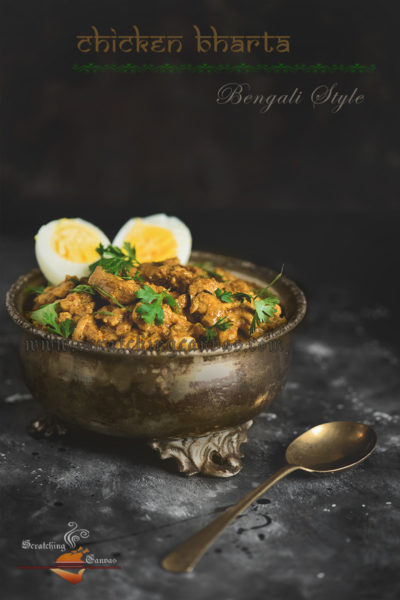
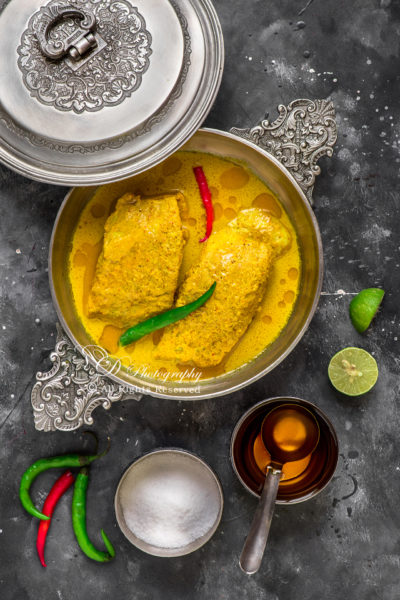
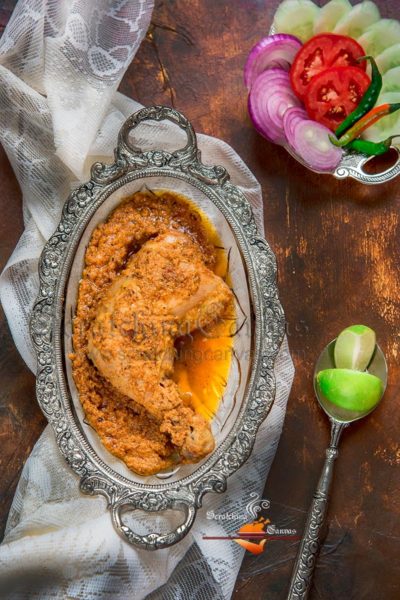
wow! looks so yum and crisp outer cover.. love it
Looks amazing m gonna try this holi …
Cn u tell hoe much time.did u preheated the microwave…
Nd also i dont have that black baking tray hb that glass tray is that fine for baking.
Hi Shruti,
Preheat the oven for 2-3 mins. In my oven it turns on automatically. And you don't need the black tray, any glass or metal tray is just fine. Don't forget to brush the tray with little oil/ghee. Otherwise gujiya can stick to it or line the tray with baking paper.